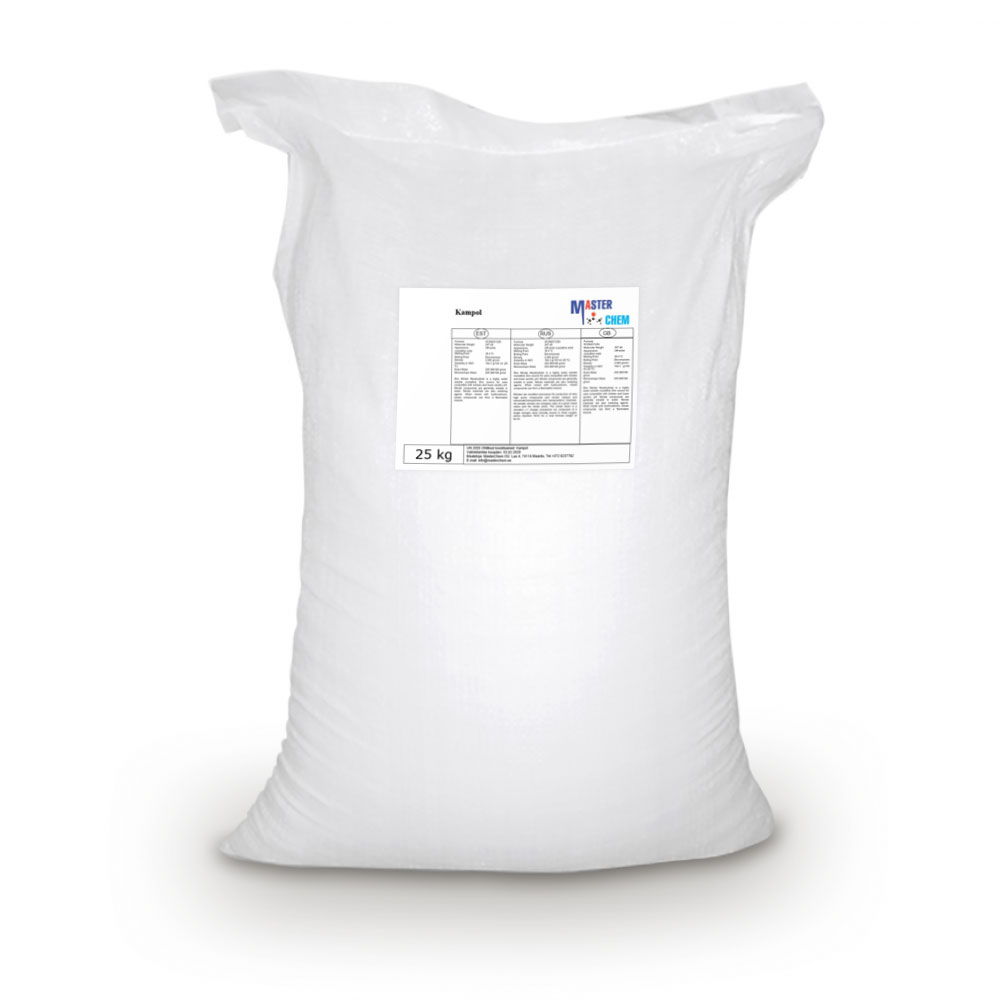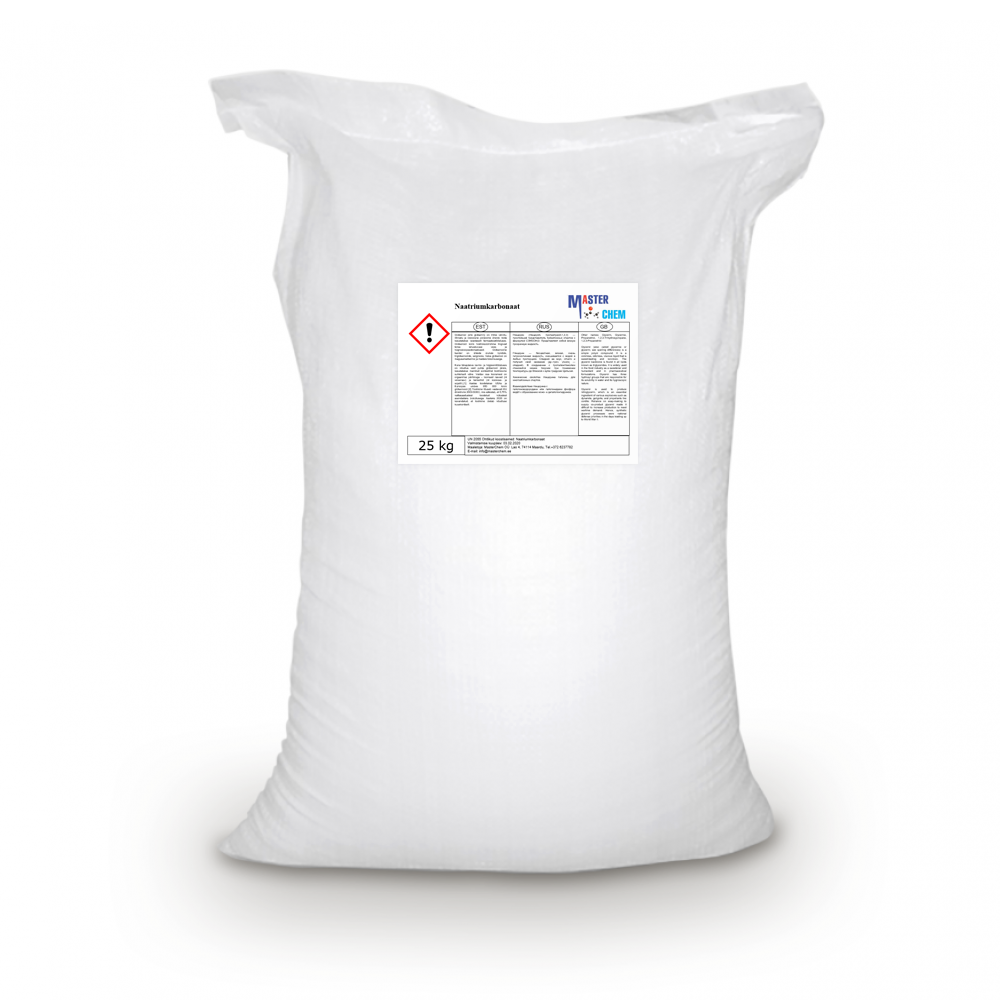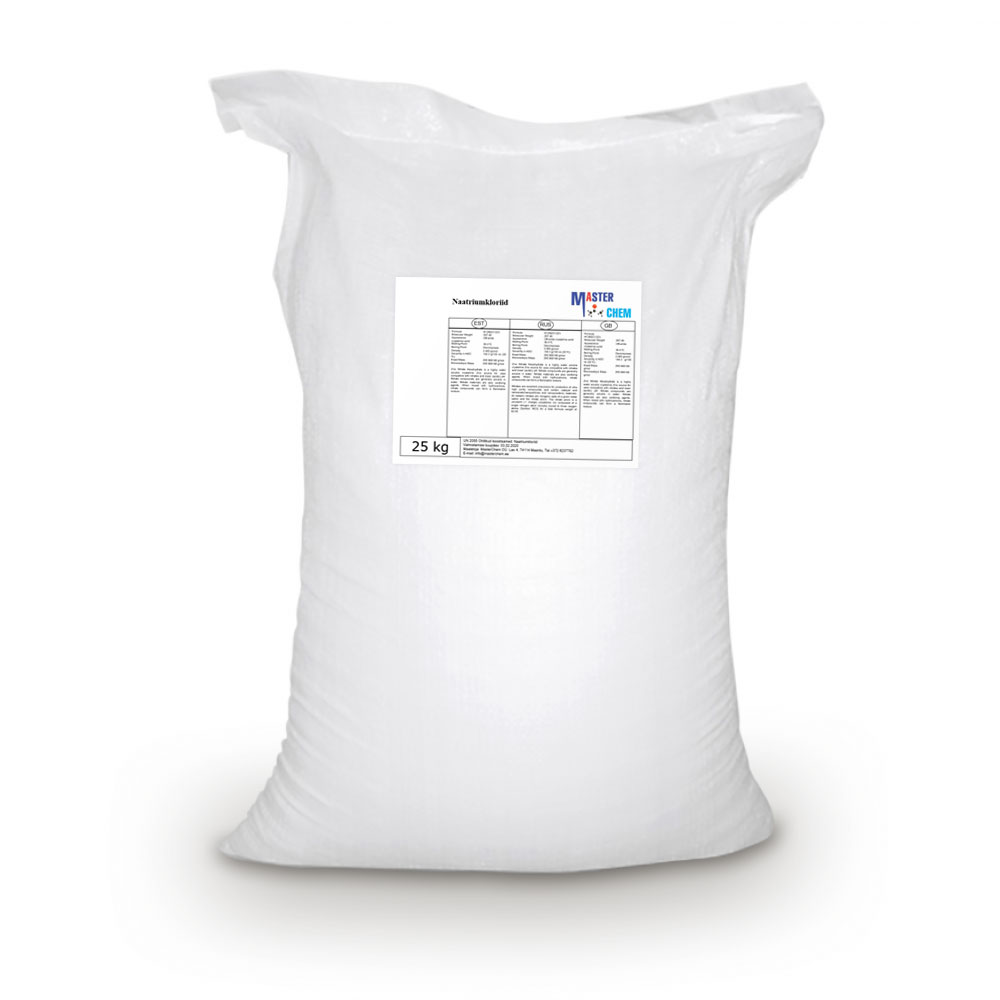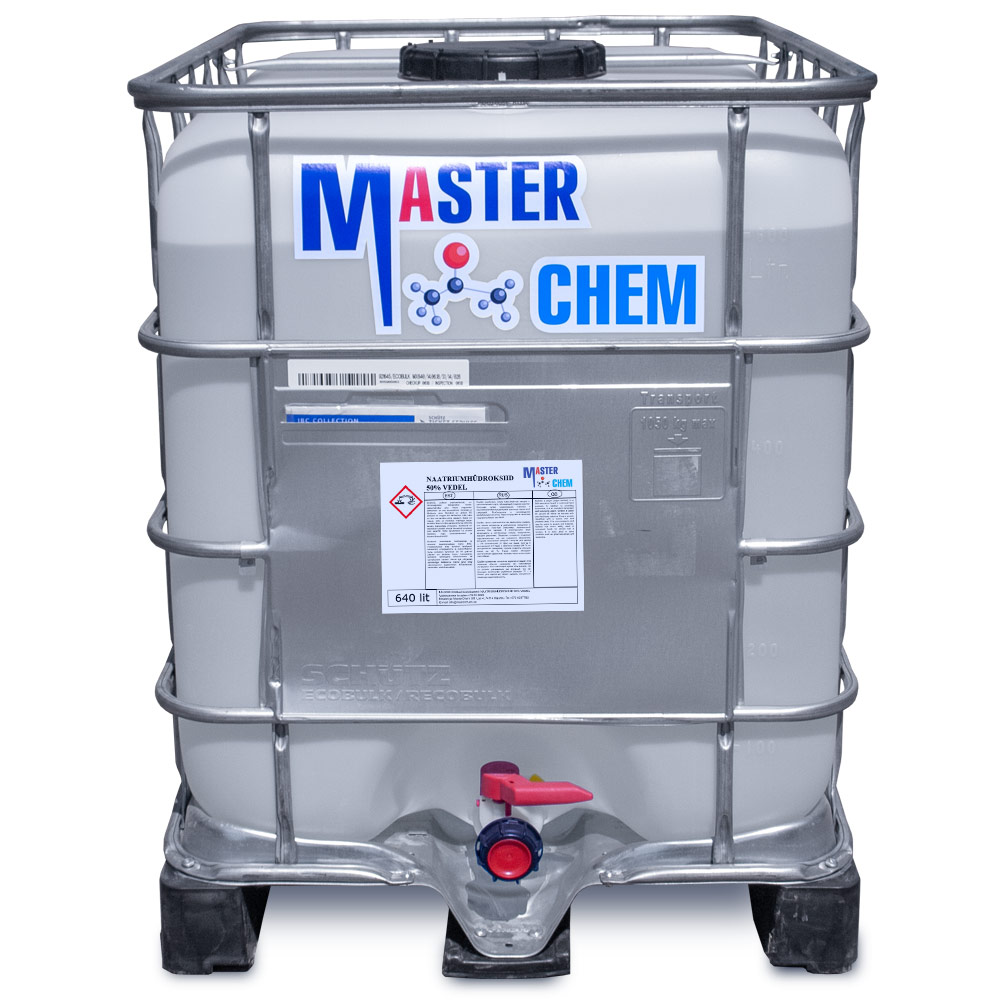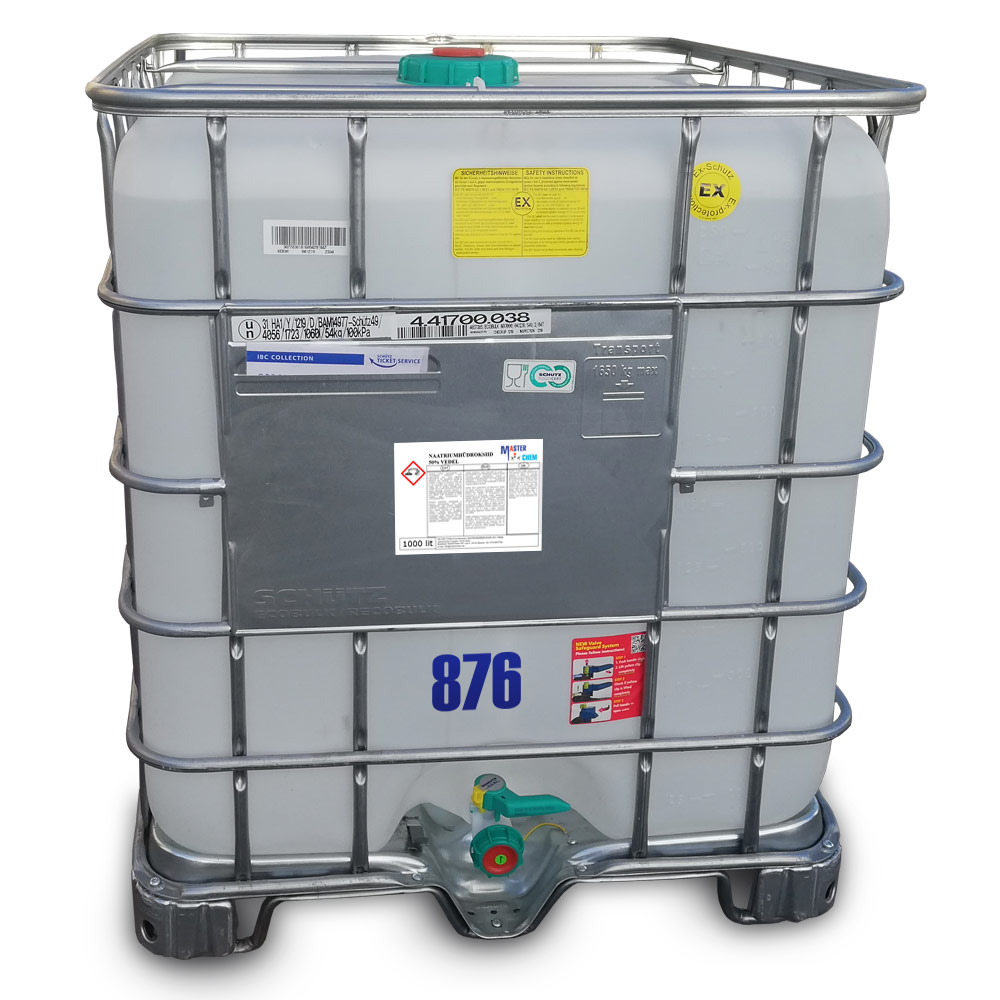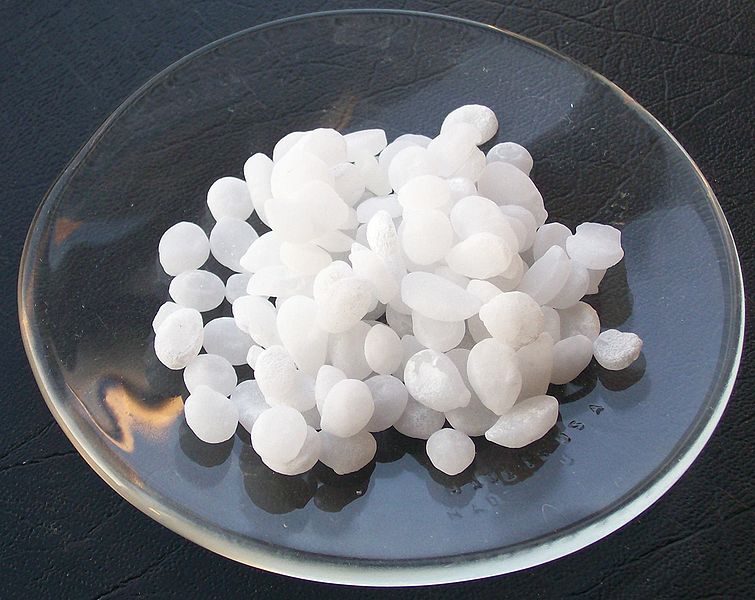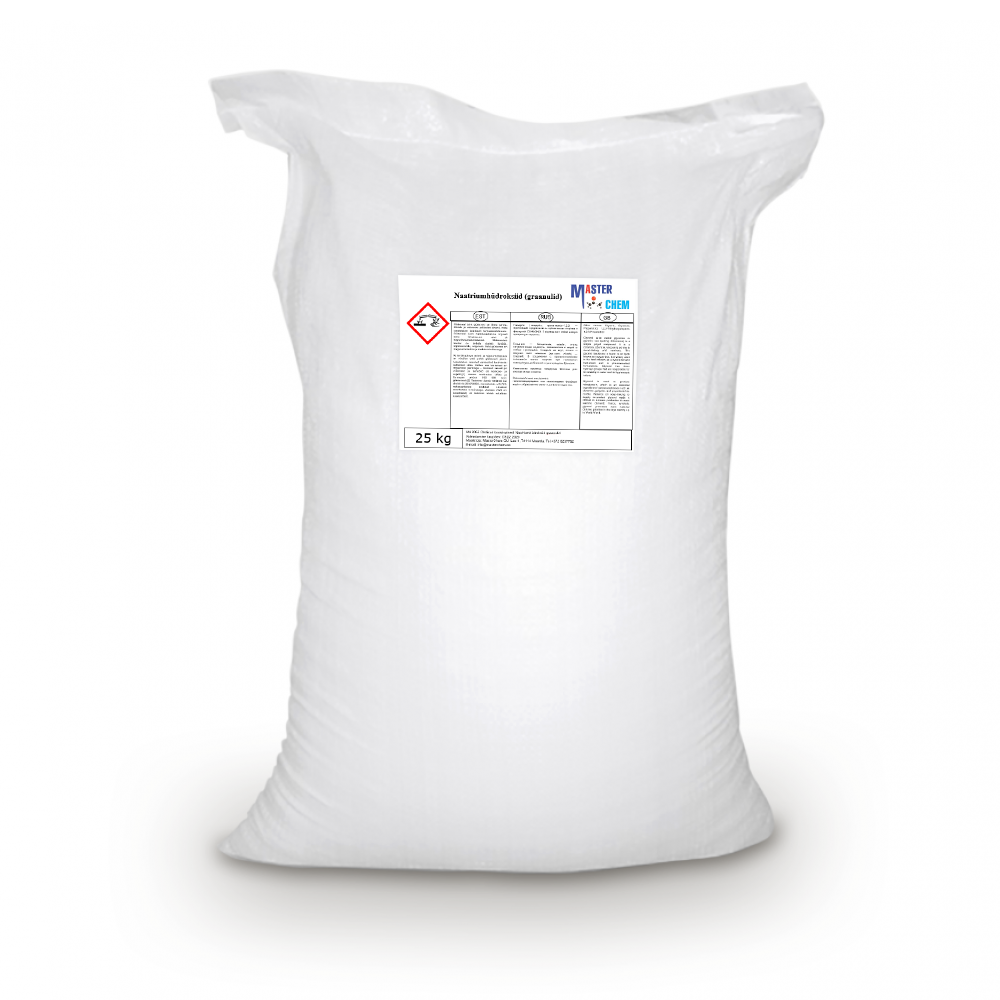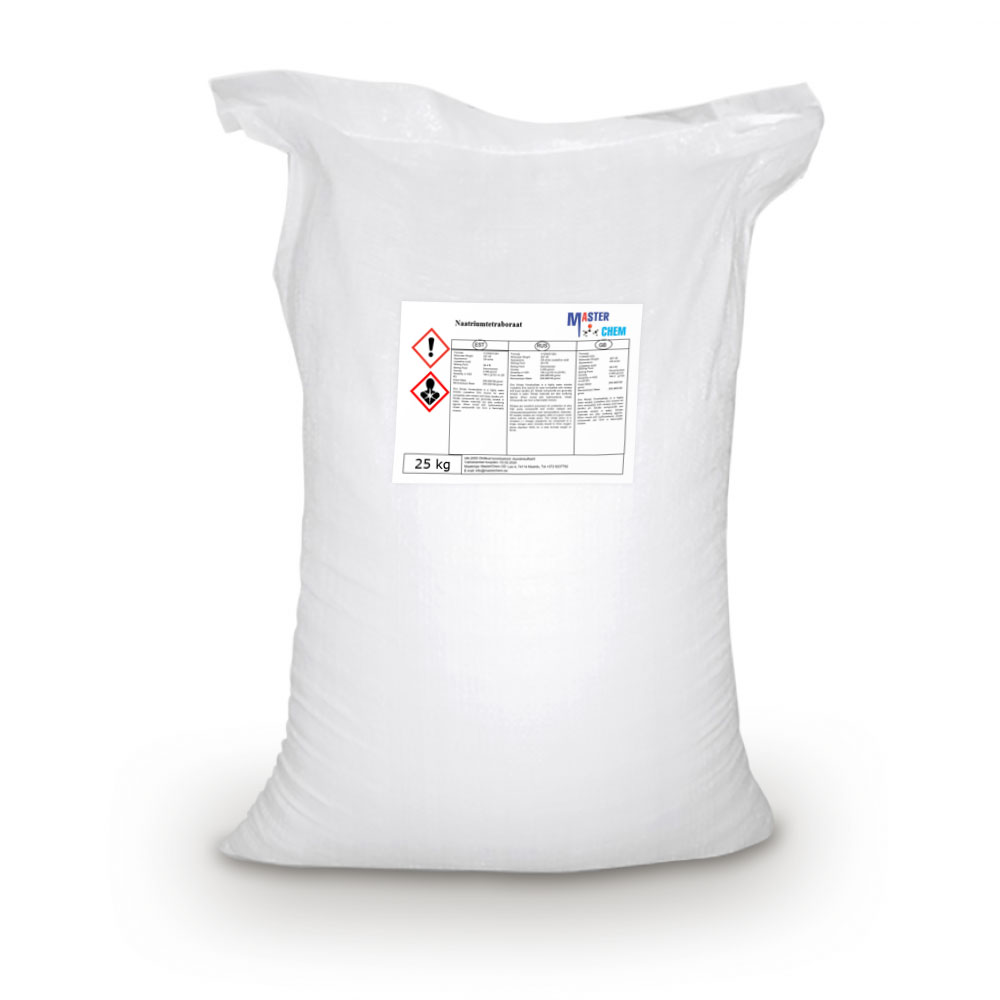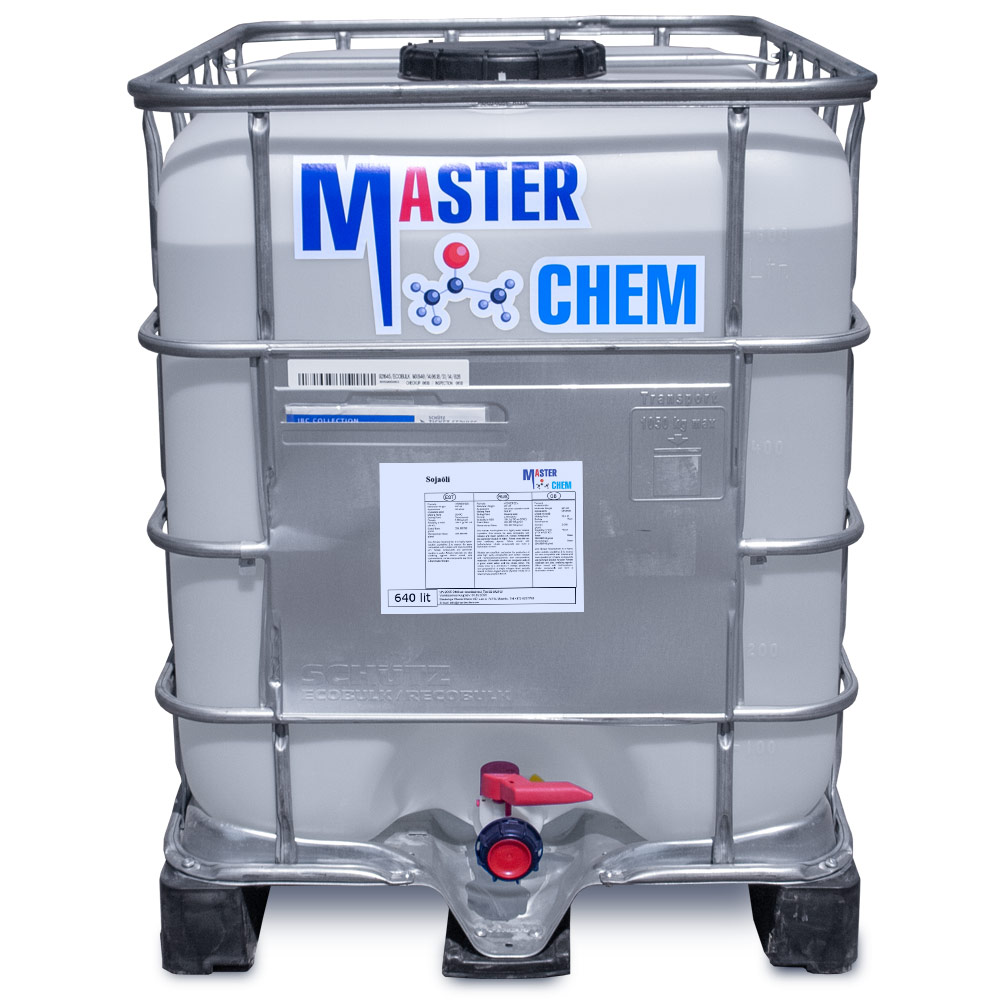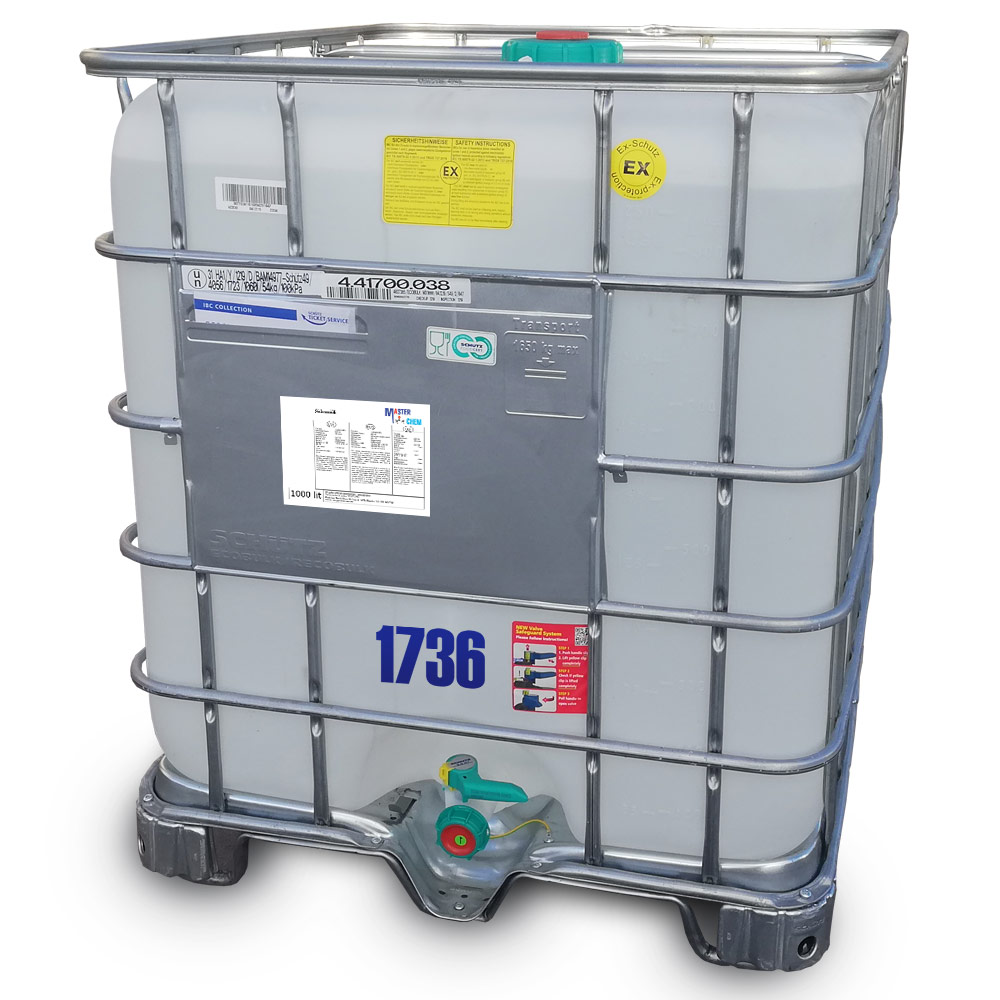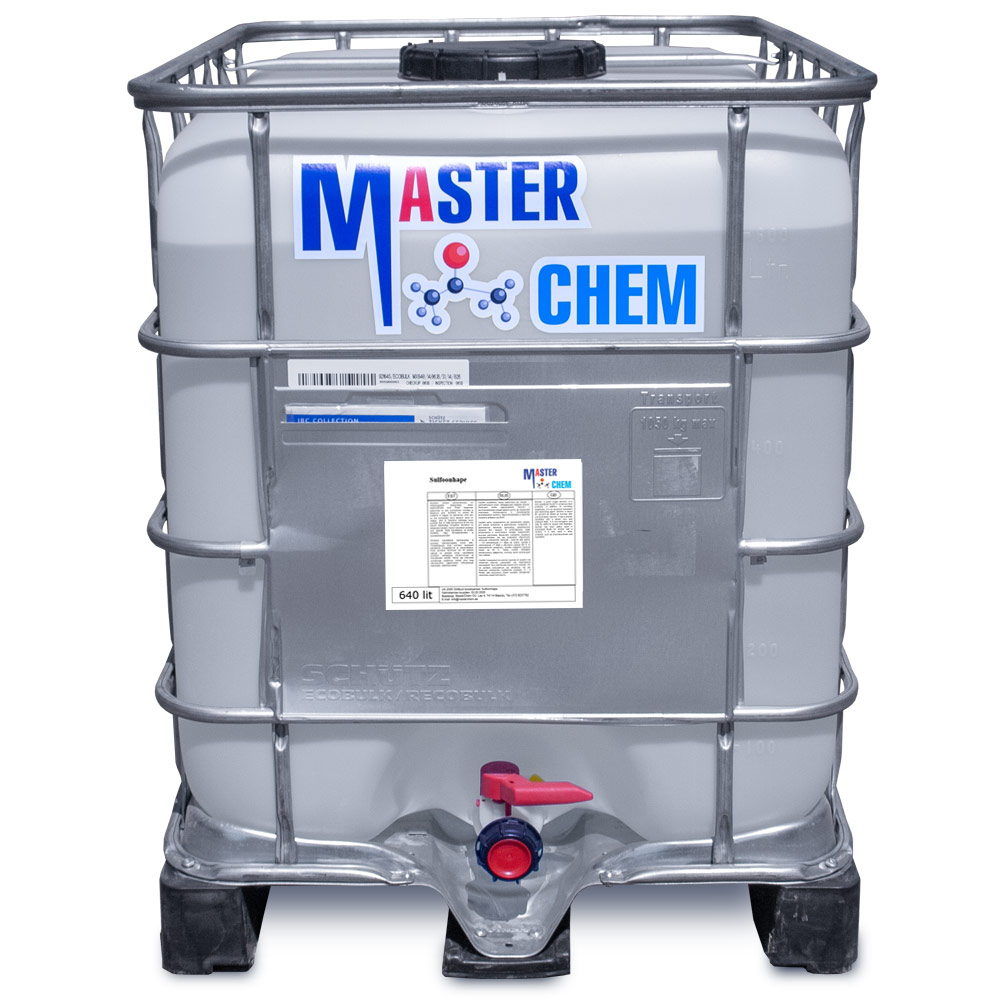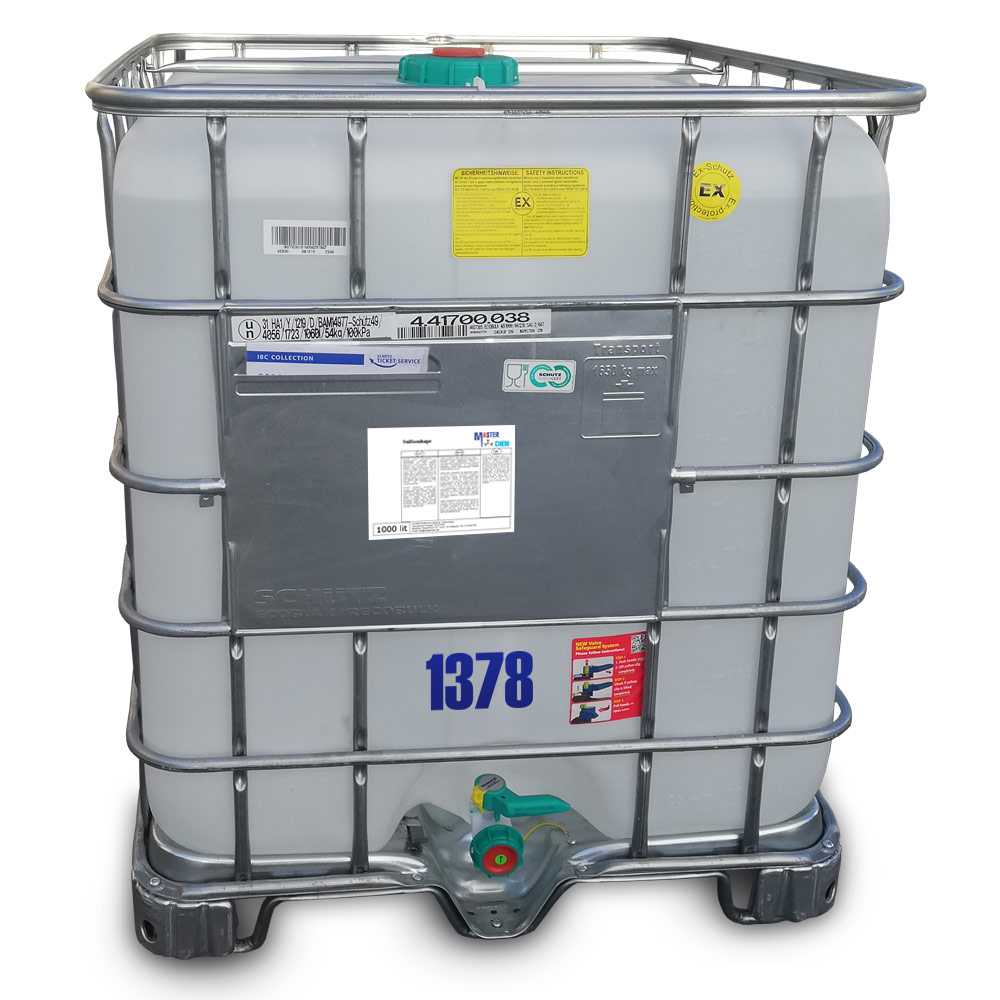Currently Empty: €0.00
Rosin (CAS 8050-09-7)
Rosin (CAS 8050-09-7)
Rosin, also called colophony or Greek pitch (Latin: pix graeca), is a solid form of resin obtained from pines and some other plants, mostly conifers, produced by heating fresh liquid resin to vaporize the volatile liquid terpene components. It is semi-transparent and varies in color from yellow to black. At room temperature rosin is brittle, but it melts at stove-top temperature. It chiefly consists of various resin acids, especially abietic acid. The term “colophony” comes from colophonia resina, Latin for “resin from Colophon”, an ancient Ionic city.
Salicylic acid (CAS 69-72-7)
Salicylic acid (CAS 69-72-7)
Salicylic acid is an organic compound with the formula HOC6H4CO2H. A colorless solid, it is a precursor to and a metabolite of aspirin (acetylsalicylic acid). It is a plant hormone. The name is from Latin salix for willow tree. It is an ingredient in some anti-acne products. Salts and esters of salicylic acid are known as salicylates.
Salicylic acid is used in the production of other pharmaceuticals, including 4-aminosalicylic acid, sandulpiride, and landetimide (via salethamide).
Salicylic acid has long been a key starting material for making acetylsalicylic acid (aspirin). Aspirin (acetylsalicylic acid or ASA) is prepared by the esterification of the phenolic hydroxyl group of salicylic acid with the acetyl group from acetic anhydride or acetyl chloride.
Sebacic Acid (CAS 111-20-6)
Sebacic Acid (CAS 111-20-6)
Sebacic acid is a castor oil-derived dicarboxylic acid. It is widely used to produce polymers, plasticizers, lubricants, and corrosion retardants. It can act as a pH corrector in the cosmetic products formulations. Sebacic acid is also used as a precursor to prepare sebacate esters such as diisopropyl sebacate, diethylhexyl sebacate, and dibutyl sebacate.
Sodium carbonate (CAS 497-19-8)
Sodium carbonate (CAS 497-19-8)
Sodium carbonate, Na2CO3·10H2O, (also known as washing soda, soda ash and soda crystals) is the inorganic compound with the formula Na2CO3 and its various hydrates. All forms are white, odourless, water-soluble salts that yield moderately alkaline solutions in water. Historically, it was extracted from the ashes of plants growing in sodium-rich soils. Because the ashes of these sodium-rich plants were noticeably different from ashes of wood (once used to produce potash), sodium carbonate became known as “soda ash.” It is produced in large quantities from sodium chloride and limestone by the Solvay process.
Sodium chloride [salt tablets] (CAS 7647-14-5)
Sodium chloride [salt tablets] (CAS 7647-14-5)
Sodium chloride /ˌsoʊdiəm ˈklɔːraɪd/, commonly known as salt (although sea salt also contains other chemical salts), is an ionic compound with the chemical formula NaCl, representing a 1:1 ratio of sodium and chloride ions. With molar masses of 22.99 and 35.45 g/mol respectively, 100 g of NaCl contains 39.34 g Na and 60.66 g Cl. Sodium chloride is the salt most responsible for the salinity of seawater and of the extracellular fluid of many multicellular organisms. In its edible form of table salt, it is commonly used as a condiment and food preservative. Large quantities of sodium chloride are used in many industrial processes, and it is a major source of sodium and chlorine compounds used as feedstocks for further chemical syntheses. A second major application of sodium chloride is de-icing of roadways in sub-freezing weather.
Sodium hydroxide (50% liquid) (CAS 1310-73-2)
Use of sodium hydroxide 50%: Manufacture of pulp, paper and paper products.
CAS: 1310-73-2
Sodium hydroxide (CAS 1310-73-2)
Molecular formula of sodium hydroxide: NaOH
INDEX: 011-002-00-6
CAS: 1310-73-2
EC: 215-185-5
Sodium hydroxide granules (CAS 1310-73-2)
Sodium hydroxide 100% application: Chemical, food, textile, pulp and paper and various other applications.
CAS: 1310-73-2
Soybean oil
Soybean oil
Soybean oil is a vegetable oil extracted from the seeds of the soybean (Glycine max). It is one of the most widely consumed cooking oils and the second most consumed vegetable oil. As a drying oil, processed soybean oil is also used as a base for printing inks (soy ink) and oil paints.
Soybean oil is indicated for parenteral nutrition as a source of calories and essential fatty acids.
Sulphonic Acid (CAS 5329-14-6)
Sulphonic Acid (CAS 5329-14-6)
A sulfonic acid (or sulphonic acid) refers to a member of the class of organosulfur compounds with the general formula R−S(=O)2−OH, where R is an organic alkyl or aryl group and the S(=O)2(OH) group a sulfonyl hydroxide. As a substituent, it is known as a sulfo group. A sulfonic acid can be thought of as sulfuric acid with one hydroxyl group replaced by an organic substituent. The parent compound (with the organic substituent replaced by hydrogen) is the parent sulfonic acid, HS(=O)2(OH), a tautomer of sulfurous acid, S(=O)(OH)2. Salts or esters of sulfonic acids are called sulfonates.
Talc (CAS 14807-96-6)
Talc (CAS 14807-96-6)
Talc, or talcum, is a clay mineral, composed of hydrated magnesium silicate with the chemical formula Mg3Si4O10(OH)2. Talc in powdered form, often combined with corn starch, is used as baby powder. This mineral is used as a thickening agent and lubricant; is an ingredient in ceramics, paint, and roofing material; and is a main ingredient in many cosmetics. It occurs as foliated to fibrous masses, and in an exceptionally rare crystal form. It has a perfect basal cleavage and an uneven flat fracture, and it is foliated with a two-dimensional platy form.

